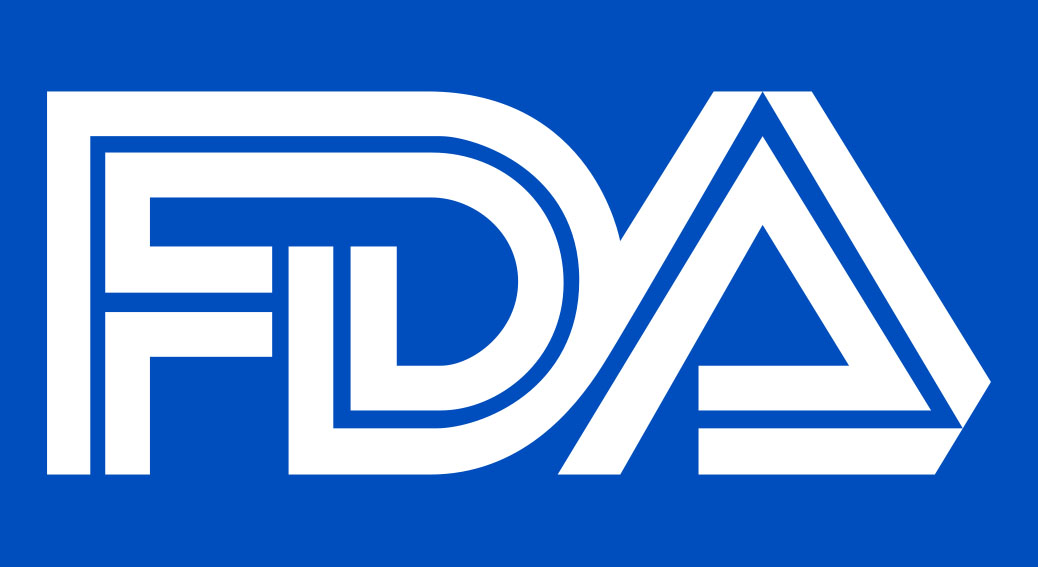The FDA will shift from QSR to ISO 13485 so that their system regulations can harmonize with international practices to reduce confusion and and lessen the burden for medical device manufacturers.

What is QSR
Quality System Regulation (QSR), also known as FDA 21 CFR Part 820, is a system that ensures that medical devices meet quality and safety requirements. These requirements are called current good manufacturing practices (CGMP). This replaced the old Good Manufacturing Practice (GMP) for medical devices, and was revised so that regulation would be more consistent internationally. The revised version became effective on June 1st, 1997.
Some of the regulation and requirements for medical device manufacturers include:
- Quality system requirements
- Design controls
- Document controls
- Production and process controls
- Labeling and packaging controls
- Handling, storage, distribution, installation
For a full list of requirements, click here.
These requirements don’t apply to manufacturers who design and produce components for finished medical devices. Manufacturers of blood components are also not subject under this either. Instead, they have to follow subchapter F.
What is ISO 13485
Globally, many countries want to keep their regulations and requirements similar to international standards. These standards follow the Quality Management System (GMS), and ISO 13485 is a certification that a manufacturer receives once they prove that they follow GMS. These standards can apply to both the manufacturers and suppliers.
ISO 13485 is applied to:
- Companies who are involved with: design, development, storage, distribution, installation, servicing, ext.
- Suppliers of: raw materials, components, sub-assemblies, medical devices, sterilization services, calibration services, distribution services, and maintenance services.
Many countries require that manufacturers receive an ISO 13485 certificate before they are allowed to distribute their products to the market. And so, if a company is interested in accessing international markets, they must follow international regulations and acquire this certificate.
The Shift
The QSR applies to manufacturers in the United States and is created and managed by the FDA, while the ISO 13485 is a standard in the GMS which is used internationally. ISO 13485 is a voluntary standard, while the QSR is a mandatory regulation. The FDA was one of the organizations who helped to revise ISO 13485, and so the two have many of the same requirements.
The FDA has announced that they will shift from the QSR to ISO 13485. This shift will reduce the confusion and burdens of complying with U.S. and international regulations on manufacturers by “harmonizing” the requirements. In other words, ISO 13485 requirements will replace QSR. This shift will bring on many new changes that will take years to implement such as:
- Training on ISO 13485
- Changes to the inspection model
- Update of documents
- Change in IT system
How RegDesk Can Help
It is important to understand quality and safety requirements whether a company intends to distribute products in the U.S. or elsewhere. This shift in the FDA quality requirements will bring in new regulation changes which is important for manufacturers to know about. RegDesk provides medical device companies with all the regulation information required to help them register their devices and distribute it to the market. We track and monitor any FDA regulation changes in order to give our clients the most up-to-date information. Along with the FDA, RegDesk also provides information for over 100 markets worldwide to help medical device and pharmaceutical companies expand internationally.

